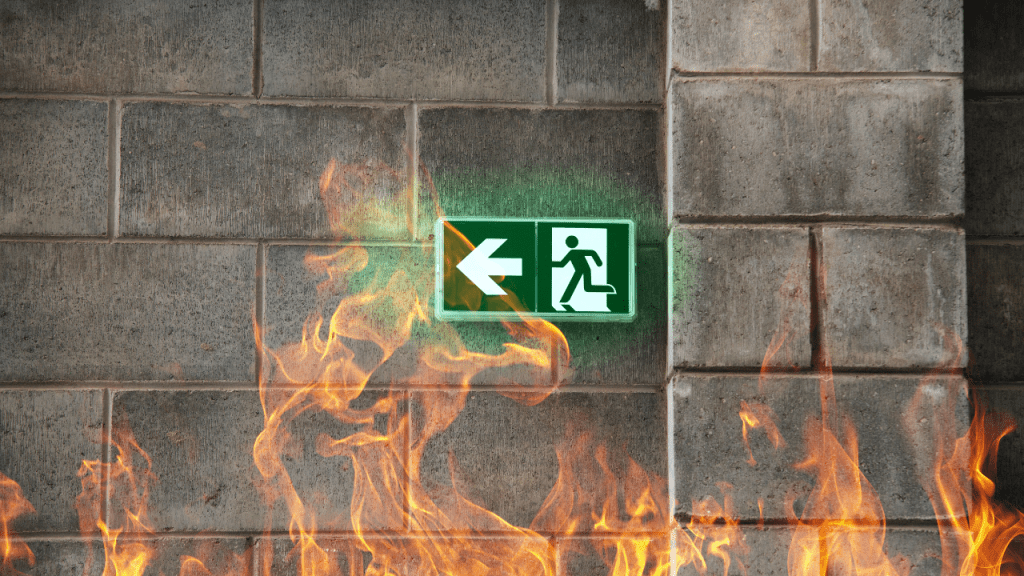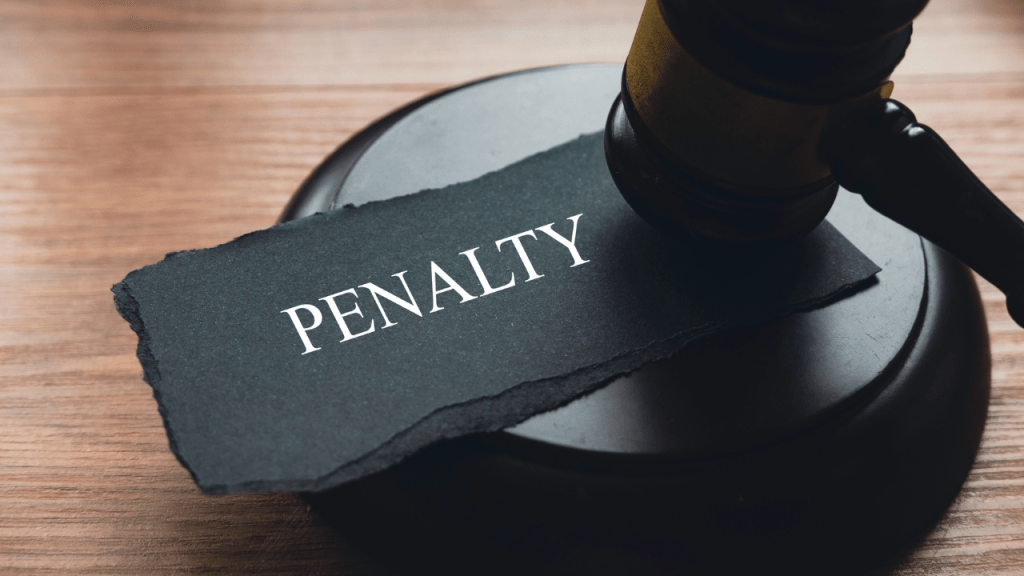As an expert, ‘Where there’s smoke, there’s fire,’ and delving into the domain of fire risk assessments reveals an essential aspect of legal obligations in safety protocols.

The inquiry into whether a fire risk assessment is a legal requirement may seem straightforward, but the implications reach far beyond mere compliance.
Understanding the intricacies of this mandate and its implications on safety practices is essential for anyone tasked with ensuring a secure environment.
Let’s explore the depths of this requirement to comprehend its significance and impact fully.
Understanding Fire Risk Assessment Laws
Understanding the legal framework surrounding fire risk assessments is important for ensuring compliance and maintaining a safe environment in non-domestic premises. Compliance requirements dictate that employers, landlords, and premises owners conduct thorough assessments to identify fire hazards, evaluate risks, and implement safety measures as part of their regulatory obligations.
The assessment process involves a systematic approach to risk evaluation, focusing on key elements such as hazard identification, evaluating risks to individuals, and establishing emergency plans to mitigate risks effectively. Safety measures are essential in ensuring the safety of individuals and property in the event of a fire, emphasizing the need for continuous vigilance and attention to fire safety protocols.
Key Elements of Fire Risk Assessment
When conducting a fire risk assessment, it’s important to meticulously identify and evaluate potential fire hazards within the premises. Risk evaluation is a critical component that involves evaluating the likelihood of a fire occurring and its potential impact on the safety of individuals and property.
Hazard identification plays a key role in recognizing sources of ignition, fuel, and oxygen that could contribute to a fire. Safety measures are essential to mitigate risks and make sure the protection of occupants in case of an emergency.
Developing a thorough emergency planning strategy is vital to establish protocols for evacuation, communication, and coordination during a fire incident. Mitigation actions should be implemented to reduce the likelihood of fire hazards and minimize their potential consequences.
The Legal Framework for Fire Safety

The legal framework for fire safety establishes clear guidelines and requirements for ensuring compliance with fire safety regulations in various regions. When it comes to regulatory compliance and legal obligations regarding fire safety, it is important to understand the safety standards and compliance requirements set forth by the relevant legislation. Failure to adhere to these regulations can have severe legal implications, including fines, prosecution, enforcement notices, and increased risks to individuals and property.
To provide a structured overview, let’s explore a table that outlines the key aspects of the legal framework for fire safety:
| Aspect | Description |
|---|---|
| Regulatory Compliance | Ensuring adherence to specific fire safety regulations and legal requirements. |
| Legal Obligations | Responsibilities and duties imposed by law to maintain fire safety standards. |
| Safety Standards | Established measures and protocols to guarantee the safety of individuals and property in case of a fire. |
| Compliance Requirements | Specific actions and standards that must be met to comply with fire safety regulations. |
| Legal Implications | Consequences of non-compliance with fire safety laws, including penalties and risks associated with violations. |
Understanding these elements is important for maintaining a safe environment and avoiding the legal repercussions that may arise from neglecting fire safety regulations.
Duties and Obligations in Fire Safety
In ensuring fire safety compliance, individuals must diligently fulfill their duties and obligations. Employer responsibilities encompass conducting fire risk assessments, implementing safety measures, and planning for emergencies. Regulatory compliance is important to meet legal obligations and prevent penalties.
Fire hazard identification is a key aspect of ensuring a safe environment, involving the identification of potential risks and hazards within premises. Safety measures implementation is essential for mitigating fire risks, including adequate fire detection systems, emergency lighting, and clear escape routes.
Emergency planning considerations involve developing and practicing evacuation plans, ensuring all occupants are informed and trained in fire safety procedures. By adhering to these duties and obligations, individuals contribute to creating a secure environment, reducing the likelihood of fire incidents, and safeguarding lives and property. Continuous vigilance and adherence to fire safety protocols are paramount for effective risk management and regulatory compliance.
Penalties for Non-Compliance

Shifting from the discussion on duties and obligations in fire safety, understanding the penalties for non-compliance underscores the critical consequences faced by individuals who fail to adhere to fire safety regulations. Compliance consequences for neglecting fire risk assessments can result in severe enforcement actions, including financial penalties and legal repercussions. Failure to conduct assessments not only endangers occupants but also poses regulatory implications that could lead to closure or prosecution.
These financial penalties can be substantial and may impact insurance coverage, while reputational damage to the business can be long-lasting. Non-compliance with fire safety regulations is a serious matter that can have far-reaching consequences, making it imperative for individuals and organizations to prioritize adherence to fire safety protocols. It’s vital to recognize that the repercussions of non-compliance extend beyond mere fines, affecting the safety and well-being of everyone within the premises.
Conclusion
To sum up, conducting a fire risk assessment isn’t just a good practice, but a legal requirement under the Regulatory Reform (Fire Safety) Order 2005.
By diligently identifying hazards, evaluating risks, and implementing necessary safety measures, individuals can meet their obligations and guarantee the safety and well-being of all occupants.
Non-compliance with fire safety regulations can result in severe penalties, emphasizing the critical importance of adhering to these laws to maintain a secure environment for everyone.










1 thought on “Is a Fire Risk Assessment a Legal Requirement”
Your blog is a constant source of inspiration for me. Your passion for your subject matter shines through in every post, and it’s clear that you genuinely care about making a positive impact on your readers.